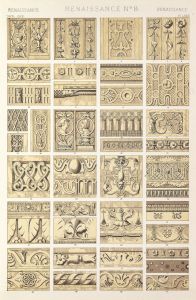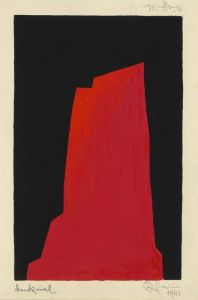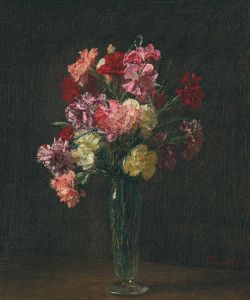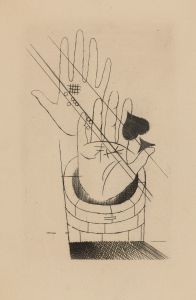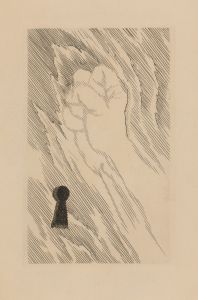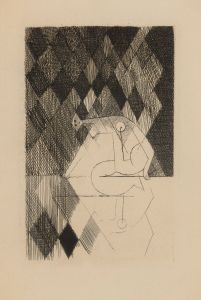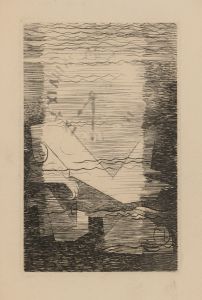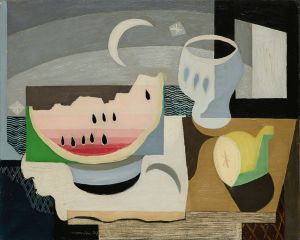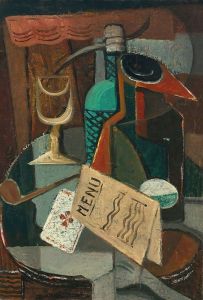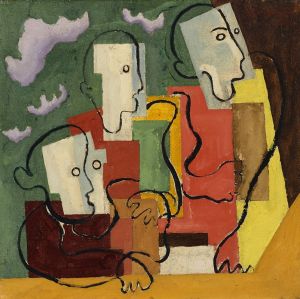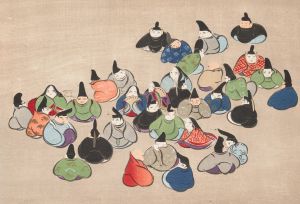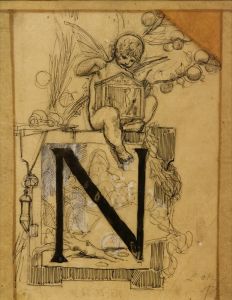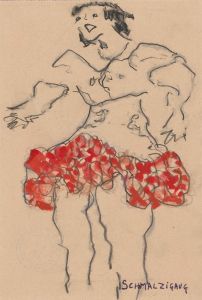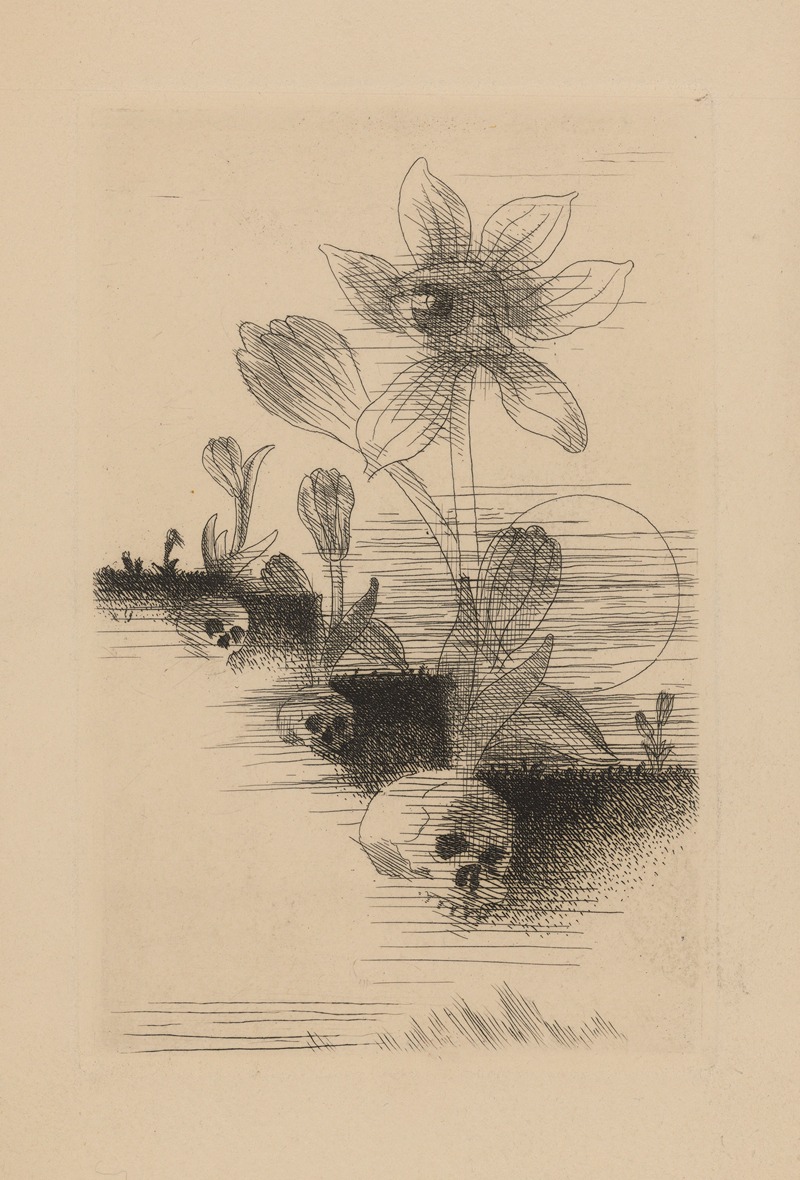
Les Colchiques
A hand-painted replica of Louis Marcoussis’s masterpiece Les Colchiques, meticulously crafted by professional artists to capture the true essence of the original. Each piece is created with museum-quality canvas and rare mineral pigments, carefully painted by experienced artists with delicate brushstrokes and rich, layered colors to perfectly recreate the texture of the original artwork. Unlike machine-printed reproductions, this hand-painted version brings the painting to life, infused with the artist’s emotions and skill in every stroke. Whether for personal collection or home decoration, it instantly elevates the artistic atmosphere of any space.
Louis Marcoussis was a Polish-born French painter and engraver, known for his contributions to the Cubist movement. His work often reflects a deep engagement with the principles of Cubism, characterized by fragmented forms and a focus on geometric shapes. One of his notable works is "Les Colchiques," which exemplifies his mature style and his ability to synthesize various elements of Cubism into a cohesive composition.
"Les Colchiques" is a painting that showcases Marcoussis's skill in manipulating form and color to create a dynamic visual experience. The title, which translates to "The Autumn Crocuses," suggests a thematic connection to nature, although the painting itself is more abstract than representational. Marcoussis often drew inspiration from music, literature, and his surroundings, and his works frequently incorporate symbolic elements that invite interpretation.
In "Les Colchiques," Marcoussis employs a palette that is both muted and vibrant, using shades of brown, green, and blue to create a sense of depth and movement. The composition is structured around interlocking planes and overlapping shapes, a hallmark of Cubist art. This technique allows Marcoussis to explore the relationship between form and space, challenging the viewer's perception of reality.
Marcoussis's approach to Cubism was influenced by his interactions with other artists in Paris, such as Pablo Picasso and Georges Braque. However, he developed a distinct style that set him apart from his contemporaries. His work often features a more lyrical and poetic quality, as seen in "Les Colchiques," where the interplay of shapes and colors evokes a sense of harmony and rhythm.
The painting reflects Marcoussis's interest in the interplay between abstraction and representation. While the forms in "Les Colchiques" are abstract, they suggest natural elements, perhaps alluding to the flowers mentioned in the title. This duality is a key aspect of Marcoussis's work, as he sought to balance the tension between the real and the imagined.
"Les Colchiques" is also notable for its use of texture and surface. Marcoussis was skilled in various techniques, including engraving, and his paintings often exhibit a tactile quality. In this work, the surface is carefully modulated to enhance the visual impact, with brushstrokes that add depth and dimension to the composition.
Throughout his career, Marcoussis remained committed to the principles of Cubism, even as the art world evolved around him. His work, including "Les Colchiques," continues to be celebrated for its innovative approach and its contribution to the development of modern art. Marcoussis's ability to blend abstraction with subtle references to the natural world makes his paintings both intellectually engaging and visually appealing.
In summary, "Les Colchiques" by Louis Marcoussis is a significant work within the Cubist movement, reflecting the artist's unique style and his mastery of form and color. Through its abstract composition and evocative use of texture, the painting invites viewers to explore the complex interplay between reality and abstraction, making it a lasting testament to Marcoussis's artistic vision.





